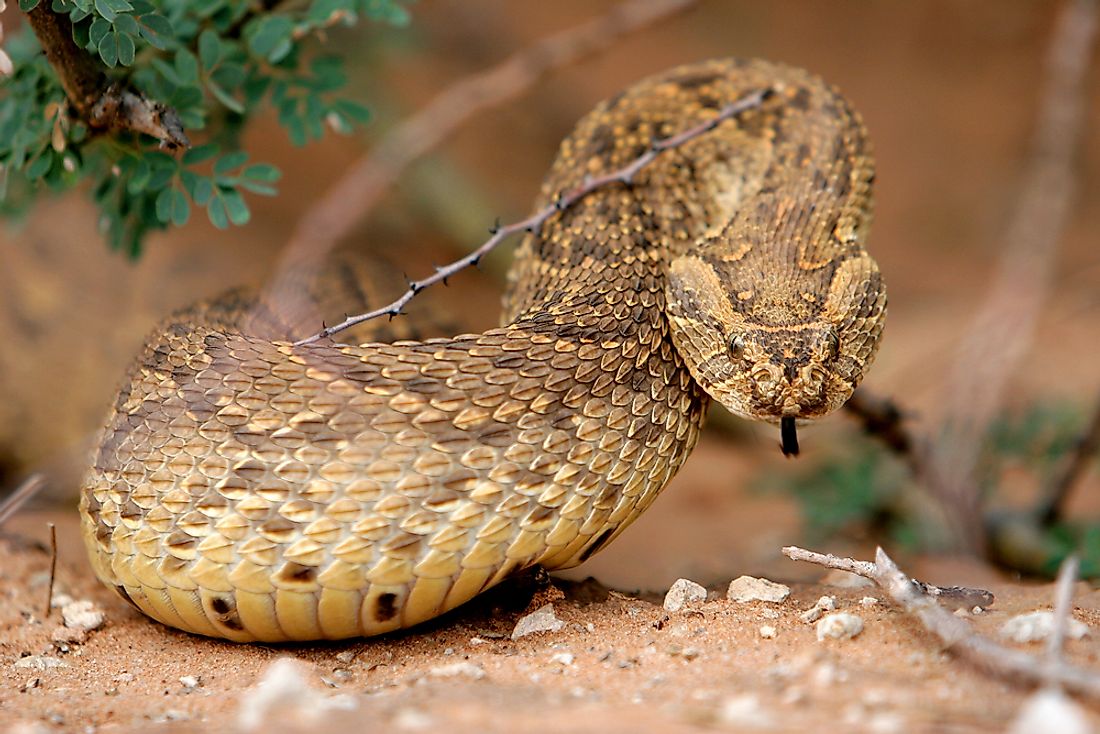New Zealand’s Most Dangerous Animals: What to Watch Out For
New Zealand is renowned for its breathtaking landscapes, diverse ecosystems, and unique wildlife. However, like any region with a rich array of flora and fauna, it is crucial to be aware of the species that could pose a danger. Despite its reputation as a relatively safe outdoor destination, several animals in New Zealand have the potential to threaten human safety. Understanding what to watch out for can make your experience in this remarkable country both enjoyable and secure.
Understanding the Land of the Long White Cloud:
New Zealand’s geography gives rise to a number of distinct habitats, from the sparkling coastlines to dense forests and rugged mountains. This unique environmental tapestry nurtures a variety of species, some of which can be dangerous. Among the most notable culprits are venomous creatures, aggressive fauna, and those that pose indirect threats. Engaging with nature in New Zealand is a rewarding pursuit, but caution is advised.
The Venomous Encounters:
Though New Zealand is often thought of as devoid of dangerous animals, it does have a few venomous species. The most notorious is undoubtedly the katipo spider. With its striking black body and distinctive red stripe, this small arachnid can deliver a painful bite. While fatalities are rare, the bite can lead to severe symptoms requiring medical attention, especially in individuals with compromised health. Remain vigilant when exploring sandy shorelines, where these spiders are often found.
Another venomous creature is the white-tailed spider. Often found in gardens and homes, it is less aggressive than the katipo. However, its bite can still lead to local inflammation and discomfort. Those with heightened sensitivity to insect bites should remain cautious when handling garden debris or working outdoors. The rare but infamous sea wasp, or box jellyfish, can also pose a threat in New Zealand waters. Its tentacles have powerful venom that can cause severe pain or even serious injury if stung. Swimmers should be aware of local conditions and advisories.
Aggressive Fauna to Chrisolate:
While New Zealand does not host large terrestrial predators like bears or big cats, it is home to some aggressive species that merit attention. Among them is the assertive male swan, known for protecting its territory fiercely. Encountering a swan can be quite common in rural areas, especially near lakes and rivers. If disturbed, swans may charge at individuals, creating an unexpected encounter. Observers should always maintain a respectful distance.
In the realm of waterfowl, the pukeko, or purple swamp hen, is another bird not to be underestimated. These colorful, feisty birds can exhibit aggressive behavior when defending their nests. Visitors priding themselves on their birdwatching skills should keep their distance during breeding seasons to avoid a clash with these spirited defenders of their territory.
Pests with Potential Hazard:
While not traditionally viewed as dangerous, certain insects can pose indirect threats due to the diseases they carry. Mosquitoes are prevalent, particularly in warmer months, and they can transmit illness. Additionally, the invasive wallabies found in New Zealand are not inherently dangerous. However, their population growth presents ecological concerns that may impact local species. Their propensity to forage on native vegetation could disrupt natural habitats, leading to an imbalance in the ecosystem.
Safeguarding Your Experience:
Awareness is the first line of defense when navigating New Zealand’s wilderness. Inform yourself about potential hazards specific to the regions you plan to visit. Engage in responsible outdoor practices by respecting wildlife and their habitats. It is also advisable to consult local guidelines, particularly in areas known for wildlife encounters. The beauty of New Zealand is unparalleled, but maintaining a cautious approach enhances both adventure and safety.
In conclusion, while New Zealand boasts a generally favorable reputation for safety, awareness of its dangerous animals can help ensure a secure and enjoyable experience. From the venomous spiders to the more subtle threats posed by aggressive birds and disease-carrying insects, understanding the local inhabitants is essential. So as you set foot on the breathtaking landscapes of this island nation, equip yourself with knowledge and a spirit of observation – it will serve you well.
You May Also Like
Best Fish to Catch in Australia: A Guide for Anglers
Australia boasts an extraordinary diversity of fish species, making it …
Emily Bay Norfolk Island: A Hidden Gem in the Pacific
Emily Bay, a picturesque enclave nestled on the sun-kissed shores of …
Holidays on August 23: Global Festivities & Observances
August 23 is a date that carries a bouquet of cultural significance …





